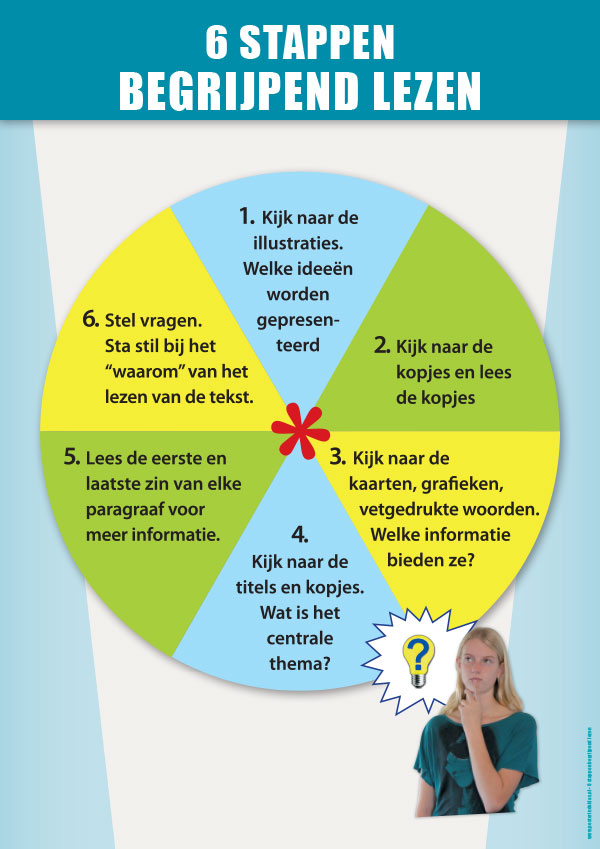Het arrangement Comprehensive Reading-Leesvaardigheid/Begrijpend lezen is gemaakt met Wikiwijs van Kennisnet. Wikiwijs is hét onderwijsplatform waar je leermiddelen zoekt, maakt en deelt.
- Auteur
- Laatst gewijzigd
- 12-04-2023 03:06:48
- Licentie
-
Dit lesmateriaal is gepubliceerd onder de Creative Commons Naamsvermelding 4.0 Internationale licentie. Dit houdt in dat je onder de voorwaarde van naamsvermelding vrij bent om:
- het werk te delen - te kopiëren, te verspreiden en door te geven via elk medium of bestandsformaat
- het werk te bewerken - te remixen, te veranderen en afgeleide werken te maken
- voor alle doeleinden, inclusief commerciële doeleinden.
Meer informatie over de CC Naamsvermelding 4.0 Internationale licentie.
Aanvullende informatie over dit lesmateriaal
Van dit lesmateriaal is de volgende aanvullende informatie beschikbaar:
- Toelichting
- 1VA: Het doel van deze les is dat de leerlingen hun leesskills testen terwijl ze bezig zijn met een leesvaardigheidsopdracht. Dit doe ik om na te gaan of dit een goede manier is om de leerlingen zelfstandig aan het werk te laten. Het voornamelijke doel is om de concentratie van de leerlingen te bevorderen. Als dit een positieve invloed heeft zal ik vaker zo een leerarrangement maken. Er wordt een tekst op A2/b1/b2 niveau aangeboden, waarna de leerlingen opdrachten krijgen gericht op de tekst.
- Eindgebruiker
- leerling/student
- Moeilijkheidsgraad
- gemiddeld
Bronnen
| Bron | Type |
|---|---|
|
Kennisclip https://youtu.be/Hx_D1PHJmC0 |
Video |




